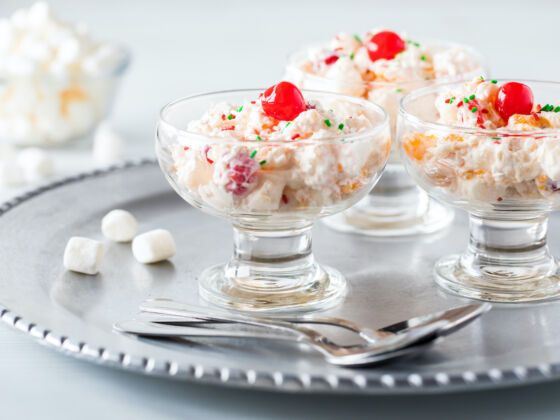With Thanksgiving around the corner, you might be perusing the internet for dessert recipes that go beyond the tried-and-true pumpkin pie, and in the course of that journey there is a chance you will come across a dish called frog eye salad. If you grew up or live outside of the Western United States — specifically Utah, Colorado, Idaho, or Wyoming — you’ve likely never encountered it before.
Forget everything you know about dessert, salad, and pasta. You know what, forget everything you know about frogs, too, while you’re at it. Because while frog eye salad might share similarities with its distant cousin ambrosia (sometimes also known as Hawaiian salad), this dish is an altogether different variety of the slice of American cuisine known as the dessert salad.
